
Tumblr User Clarifies The Difference Between Traditional Women’s Clothes In East Asia
It’s a fact that many people like to ignore or brush things away with an excuse or two, but the truth is that many Western countries are often ignorant when it comes to the subtleties of foreign cultures. It doesn’t surprise (albeit still disappoint) many that fragments of Chinese and Japanese cultures often get mixed up, like elements of their cuisines or history. And that’s only scratching the surface, considering that there’s more to East Asia than China and Japan.
Perhaps fed up with the fact that these Asian cultures often get mixed up, one Tumblr user who goes by the blog-name of fortunatossoliloquy, decided to clear some things up. They created a post trying to point out the differences between the traditional clothing styles in East Asia.
The post identifies the distinct Asian clothes, their origins, and has a visual attached near each category to showcase how they are different from one another. The author of the post lists Kimono (Japanese), Hanfu (Chinese), Cheongsam (Chinese), Hanbok (Korean), Áo dài (Vietnamese) as some of the clothing styles. Although the post aims to help people differentiate between the garments, it’s also not a full gallery of many more different garments that each culture has to offer. But it’s a good start.
The original blog-post prompted people to join in and discuss the topic. Starting from what ways the garments are tied to how people react to claims that people who don’t belong to the culture wearing the outfits are appropriating the Asian countries’ culture.
One user, kurowrites, goes on to comment on the original picture of the kimono stating that it’s an example of a furisode, a type of kimono distinguishable by its long sleeves. Furisode is usually made of very fine, bright silk and is worn by unmarried young Japanese women. It could be compared to the formal gowns worn by debutantes in the Western culture, as furisode signifies that the woman wearing it is single and available for marriage. As those garments are quite expensive, many women and parents in Japan actually rent them to be worn on formal occasions such as a tea ceremony or wedding ceremonies of relatives.
Another user points out how the garments are tied with the left breast over the right, while another clarifies that the other way around is meant for funerals. Another person joins in and adds that sometimes the way the garment is tied depends on the dominant hand of the wearer. Although in funeral practices, the kimono is crossed right over left, as opposed to the left side over the right, the way both the kimono and the yukata are worn by living people.
32Kviews
Share on FacebookI’ve worn most of these lovely styles at one point or another in my life. I lived in India for twenty years and never wore Western clothing at the time. I love the ao dai and was delighted by a Vietnamese gentleman in Hawaii who practically danced around me, he was so pleased. I’ve never attempted a kimono because of the intricate details of the many parts of this gorgeous dress. But have worn Tibetan and Korean clothes. The rule for me was always to know every detail before donning the dress and to be sure not to have my hair “Western” style. And except for here in Hawaii ... where we are possibly the most mixed culture on the planet ... I’ve normally kept my styles in sync with whatever country I was in at the time. Never had a single incident which wasn’t a positive one.
Hi, I have an ao dai too. I went to Vietnam as a kid and saw women wearing Ao Dais almost everyday and I bought one, but I didn't know that they can only be worn on certain occasions. Can you tell me when it's appropriate to wear them? Can we wear them to parties with friends? What about the Cheongsam? I don't have one yet but I've always wanted one, is that also only worn on certain occasions?
Load More Replies...I really love Ao Dai, Cheongsam and Hanfu. Would love to buy one of those for my wife but they look super expensive.
I’ve worn most of these lovely styles at one point or another in my life. I lived in India for twenty years and never wore Western clothing at the time. I love the ao dai and was delighted by a Vietnamese gentleman in Hawaii who practically danced around me, he was so pleased. I’ve never attempted a kimono because of the intricate details of the many parts of this gorgeous dress. But have worn Tibetan and Korean clothes. The rule for me was always to know every detail before donning the dress and to be sure not to have my hair “Western” style. And except for here in Hawaii ... where we are possibly the most mixed culture on the planet ... I’ve normally kept my styles in sync with whatever country I was in at the time. Never had a single incident which wasn’t a positive one.
Hi, I have an ao dai too. I went to Vietnam as a kid and saw women wearing Ao Dais almost everyday and I bought one, but I didn't know that they can only be worn on certain occasions. Can you tell me when it's appropriate to wear them? Can we wear them to parties with friends? What about the Cheongsam? I don't have one yet but I've always wanted one, is that also only worn on certain occasions?
Load More Replies...I really love Ao Dai, Cheongsam and Hanfu. Would love to buy one of those for my wife but they look super expensive.

 Dark Mode
Dark Mode 

 No fees, cancel anytime
No fees, cancel anytime 







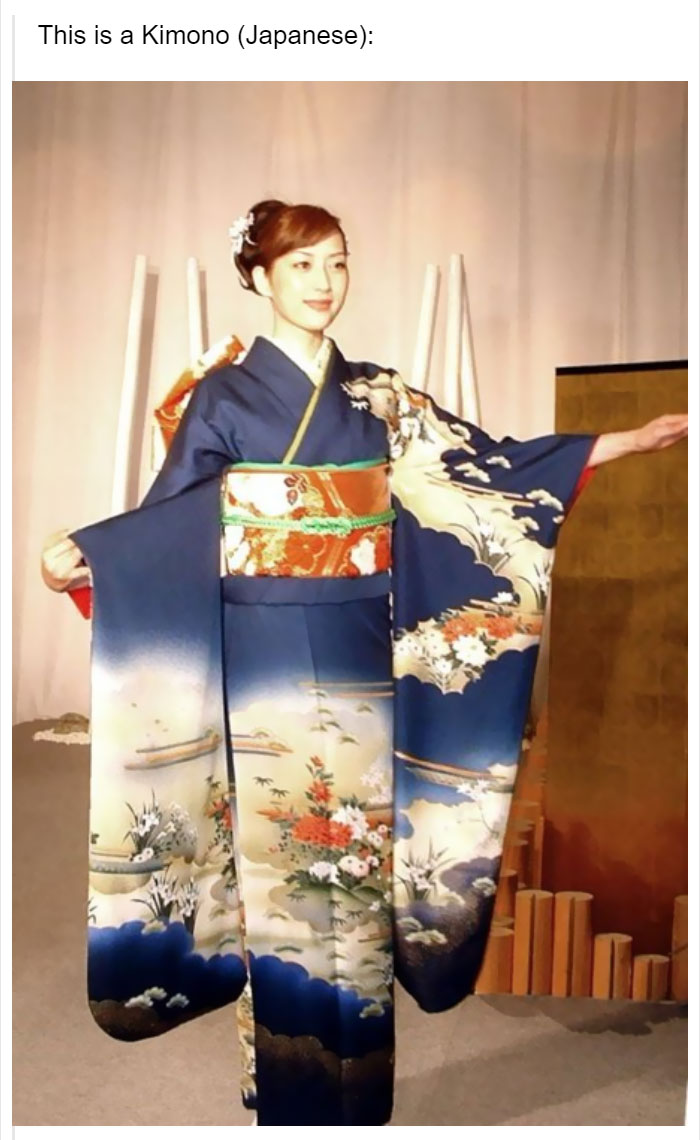
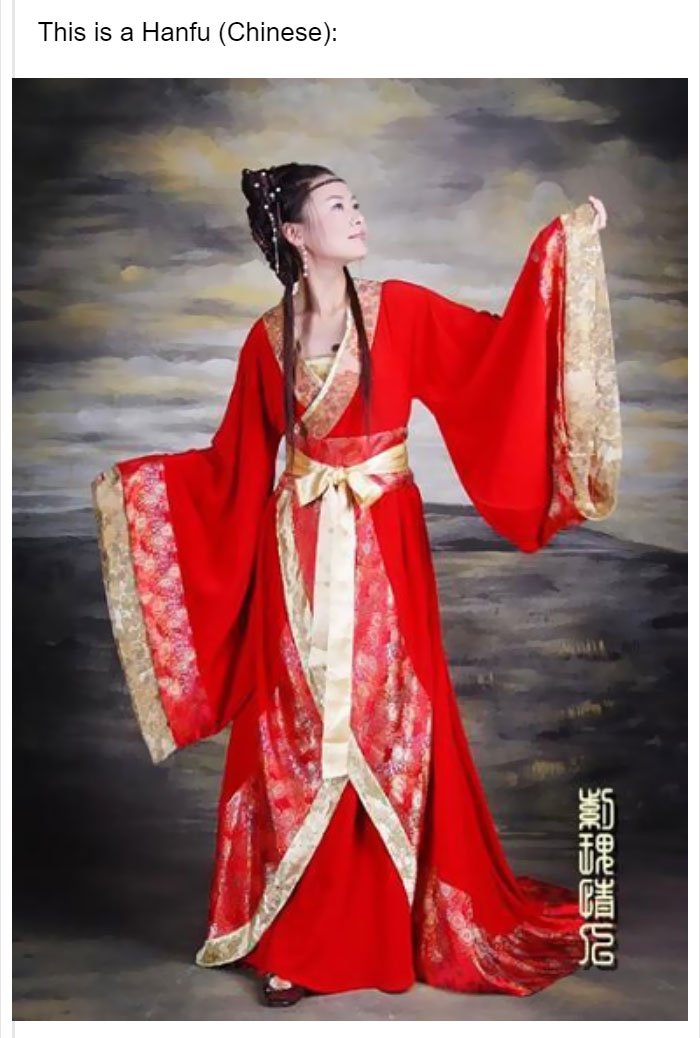
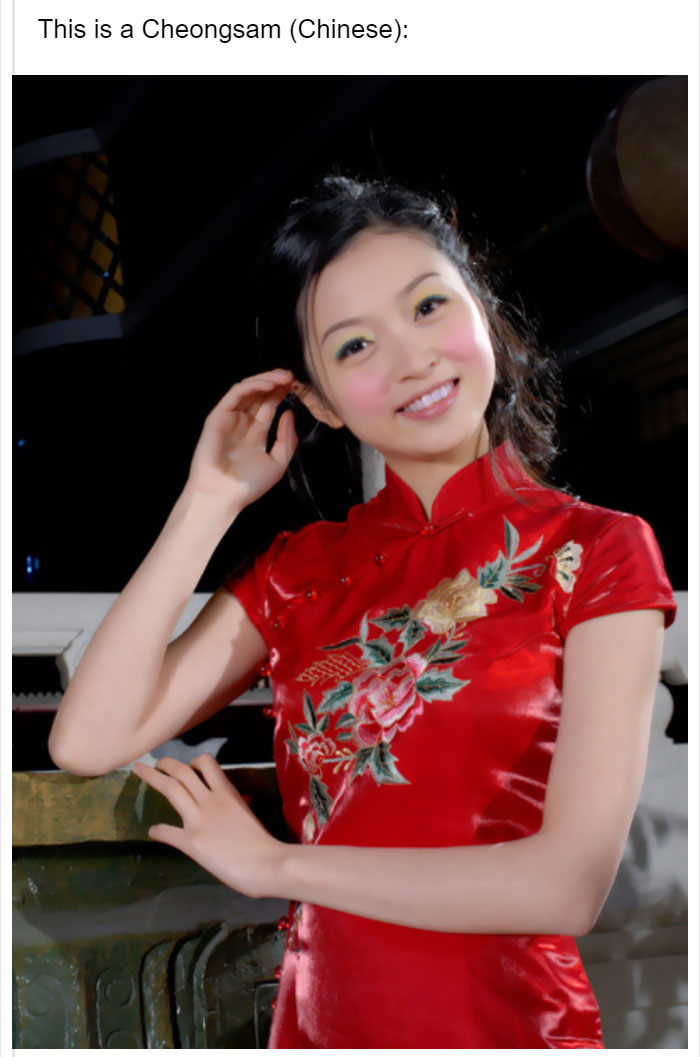
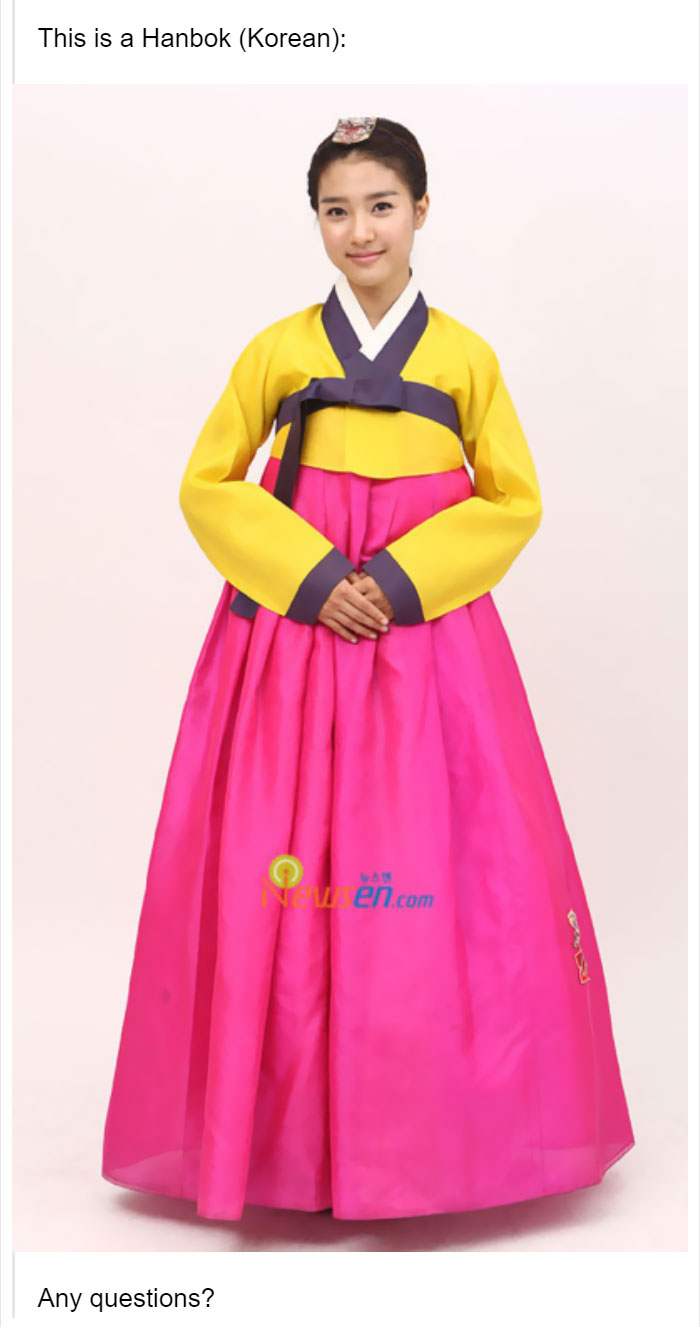
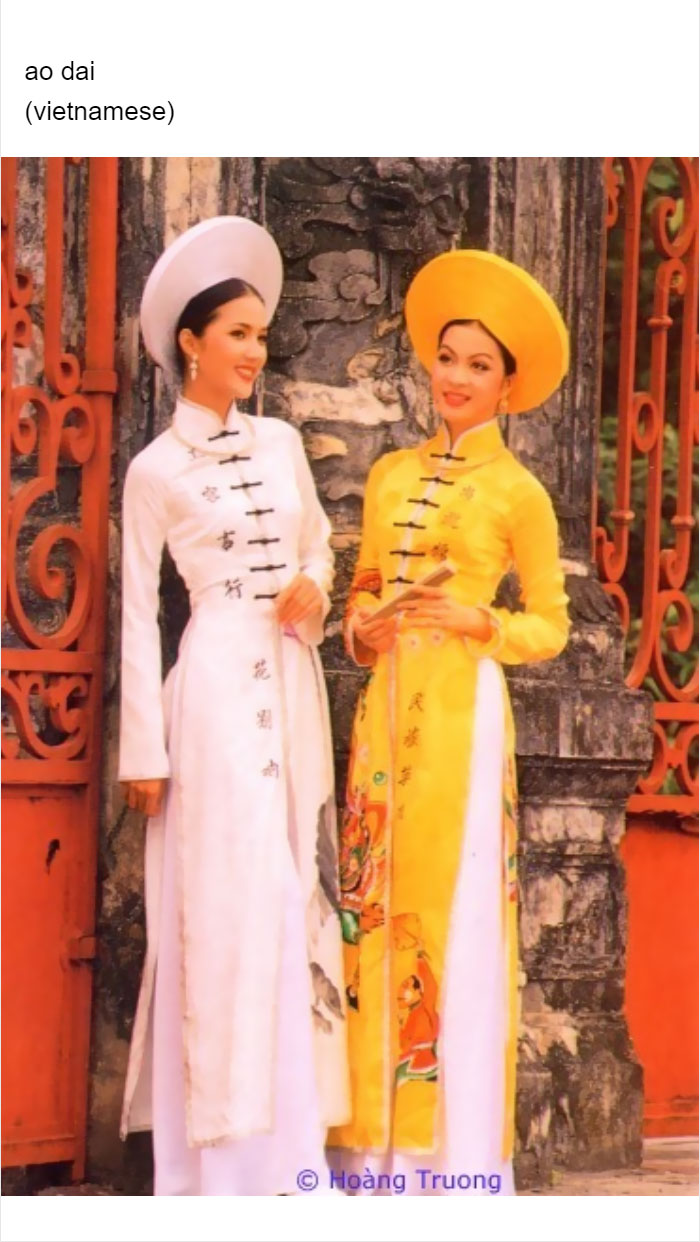



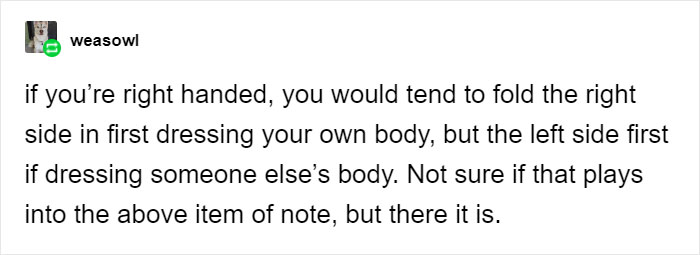
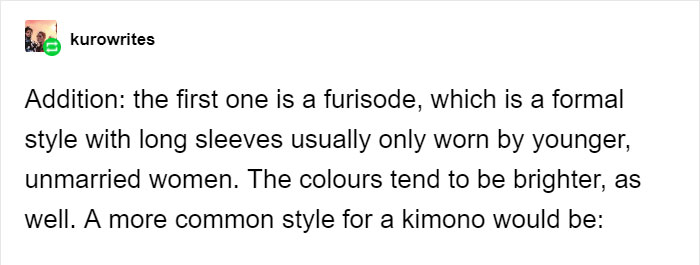
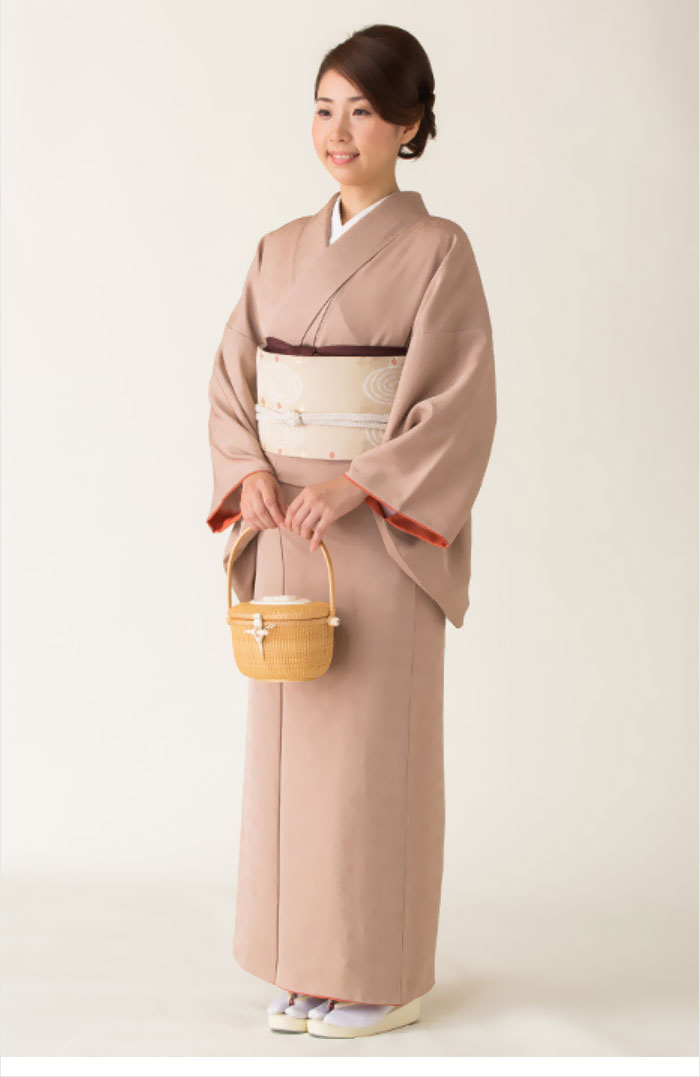
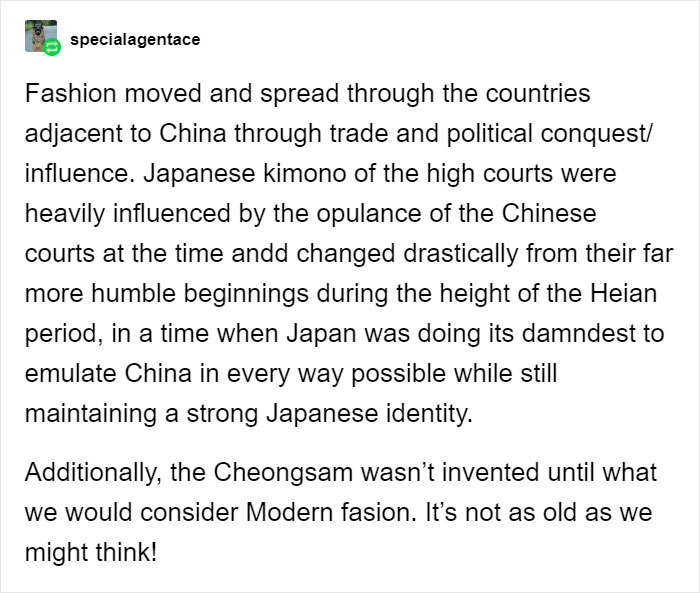
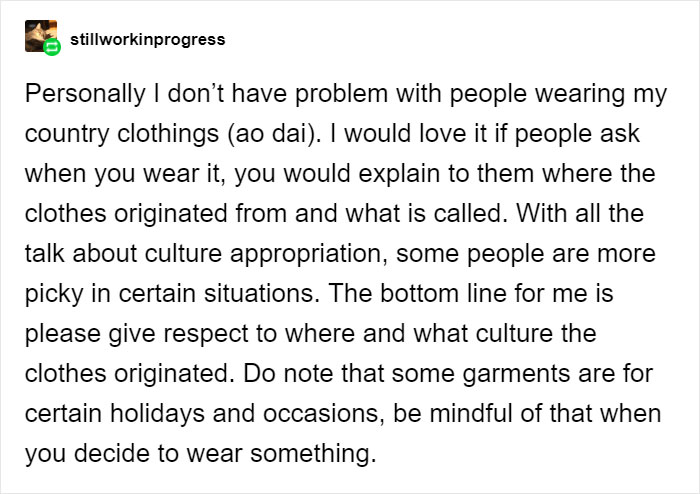











































184
31